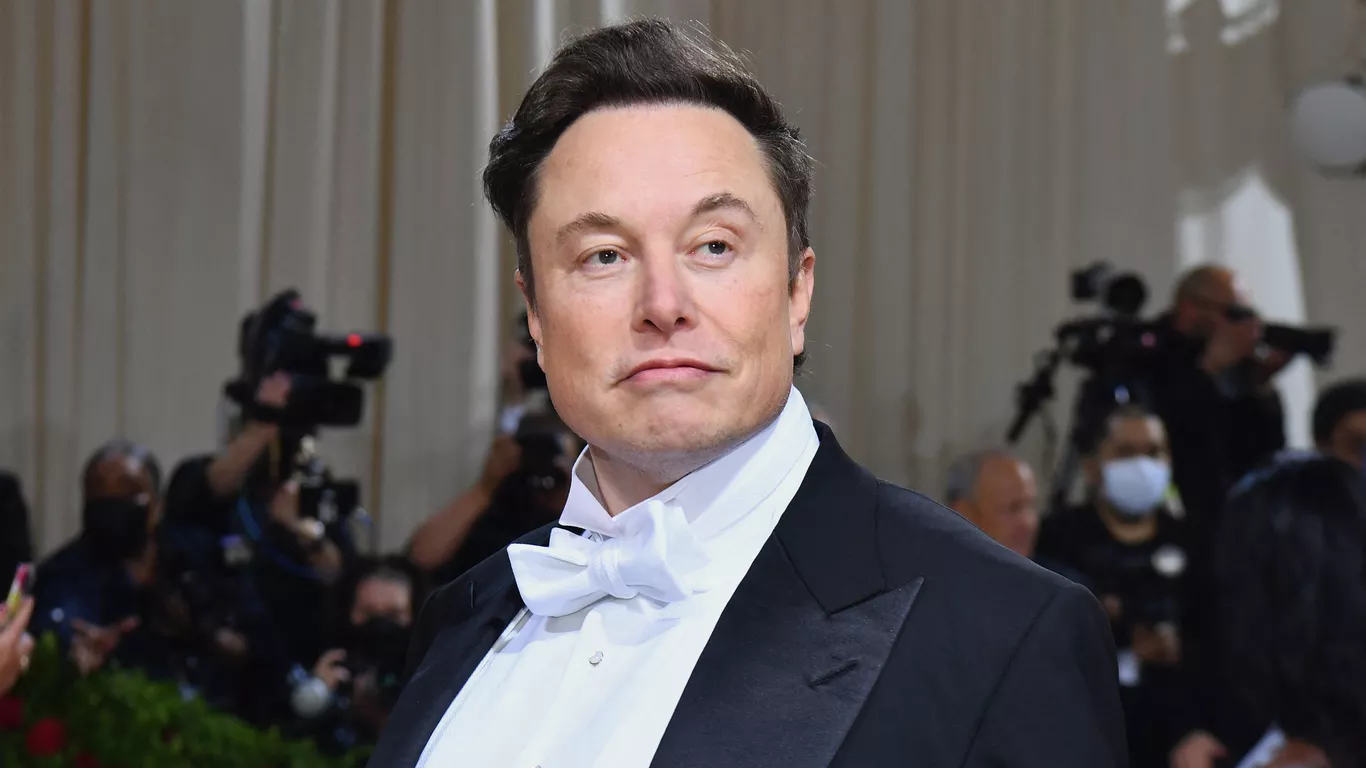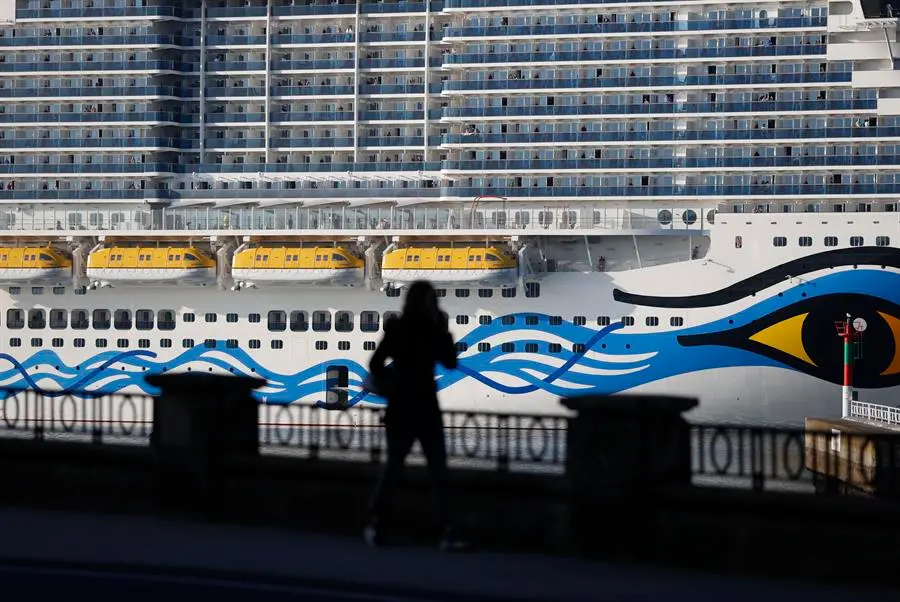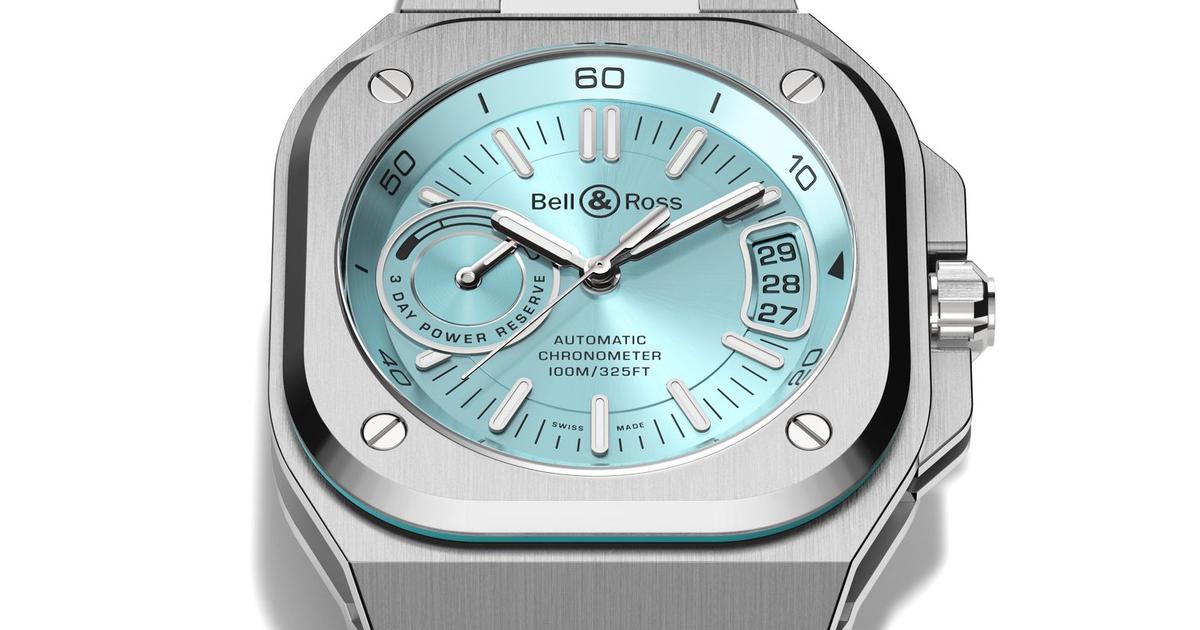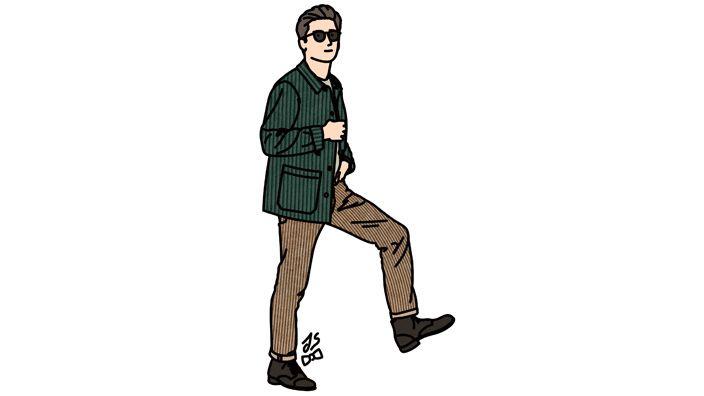One of the most controversial statues in the city of New York, that of former President Theodore Roosevelt (1901-1909) on horseback above a black man and an indigenous person, has just left these last few days discreetly from the majestic facade of the Museum of Natural History, thus putting an end to yet another debate on the memory that the city owes to some of its heroes.
The statue, which had been locked up on scaffolding covered with cloth for several months, was finally dismantled at night since last Tuesday, a museum spokesman confirmed to Efe, who explained that the process was “carried out with specialists in historical conservation” and that It will culminate in a comprehensive restoration of the square where it stood, facing Central Park.
Its final destination will be the Theodore Roosevelt Presidential Library in North Dakota, and although this institution will not open until 2026, the pressure to remove the statue became unsustainable, especially after the Black Lives Matter movement, which sparked a national debate on public symbols and literally tossed a multitude of sculptures to the ground, from Christopher Columbus to Confederate generals.
THE WHITE, THE BLACK, AND THE INDIGENOUS
The controversial statue, erected in 1940, showed Roosevelt on horseback, flanked by two figures on foot below him: a feathered and caped Indian and a naked black man, both anonymous, simply representing their respective races.
“The statue itself conveys a message of racial hierarchy that the museum and members of the public have found disturbing,” the museum recently acknowledged a site that had more than 4 million visitors in 2018.
“It’s the narrative of a man who tames: he tames the horse, but he also tames the Native American and the black African,” said Mabel Wilson, professor of African Studies at Columbia University, in a video produced by the same museum.
In 2017, the Mayor’s Office of New York had already launched a debate on the most controversial statues in the city, and it was then that the museum produced an exhibition entitled “Let’s talk about the statue” and that video where historians of both trends gave their opinion about the statue. the convenience of suppressing sculpture or leaving it as a witness of an era.
Finally, and during these last four years, the museum placed a plaque under the statue where, in a difficult exercise of political correctness, it was said that in that sculpture “some see a heroic group; others, a symbol of racial hierarchy.” Some of the latter vandalized the statue with paint on several occasions.
A VERY DEAR RACIST
Teddy Roosevelt, as he was popularly known, always appears within the group of “the best presidents of the United States”, either by popular consideration or by historians, and in fact, he is one of the four fathers of the country, along with Abraham Lincoln, George Washington and Thomas Jefferson, whose busts are carved in giant size into the rock of Mount Rushmore.
To him are due, among other things, the creation of national parks in the United States and the promotion of a conservationist policy that explains why it was his image that presided over the Museum of Natural History, famous for its dinosaur skeletons, its animals stuffed savages and their planetarium.
But an impetuous personality like Roosevelt was also a convinced racist, author of phrases that are inconceivable today. Of the American Indians, he said: “I am not going to say that the good Indian is the dead Indian, but I think that would be true for nine out of ten, and I would not ask much about the tenth. The most depraved cowboy has more moral height than the Indian medium”.
Of blacks, he wrote that “as a race as a whole they are inferior to whites” and told a senator that “most blacks in the south are unfit for the ballot” and giving them the right to vote “would lower parts of the south to the level of Haiti”.
It cannot be said that the statue did not fully reflect the man that Roosevelt was, but in 2022 that image became untenable.
The museum ultimately chose to remove the statue but pledged in its message that its former site “remains the site of the official memorial to Theodore Roosevelt.”
In the place where the statue was, today a frieze runs through the empty square. On the frieze you can still read this description of that president: Statesman – Author – Historian – Humanitarian – Soldier – Patriot.



















































































